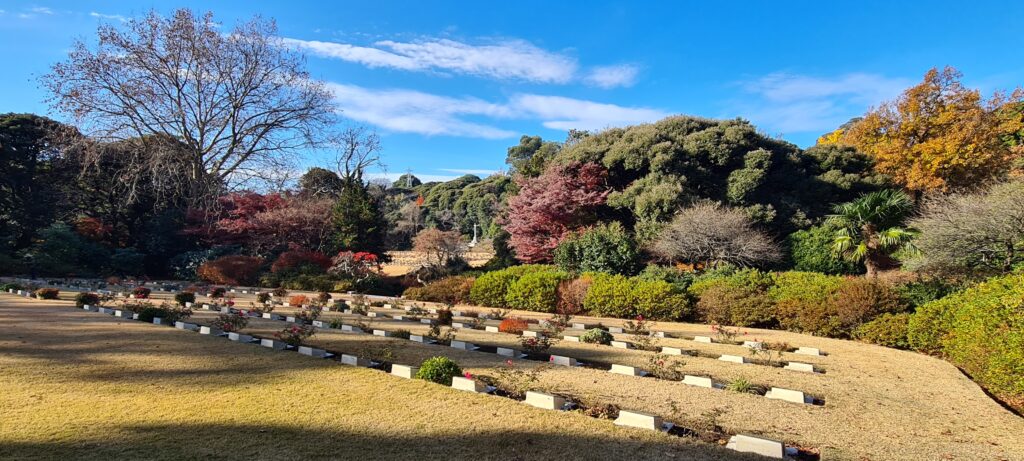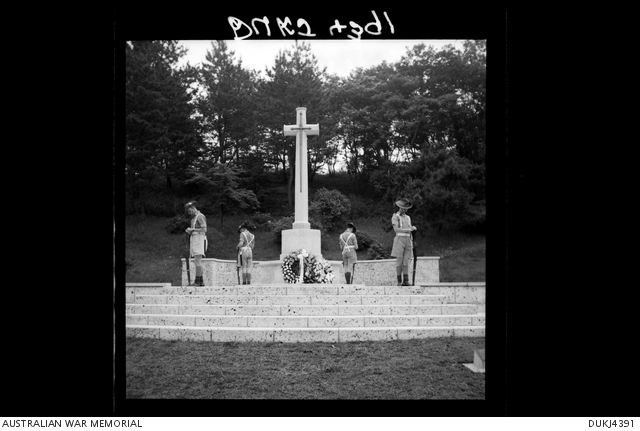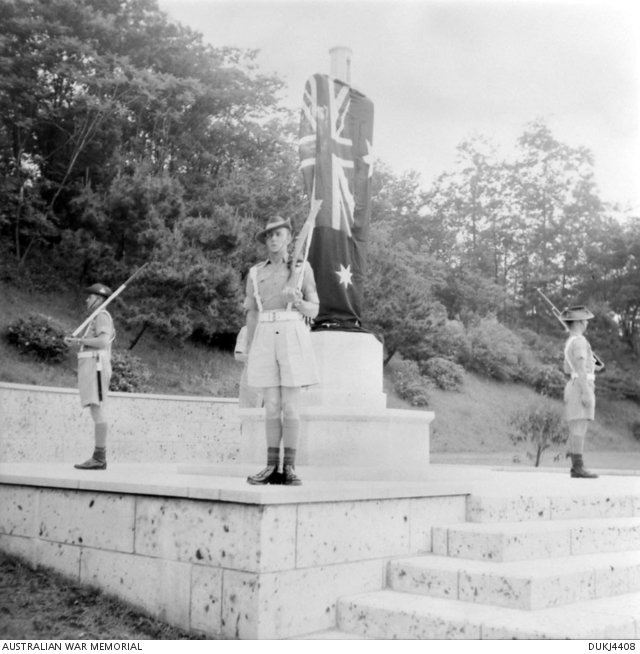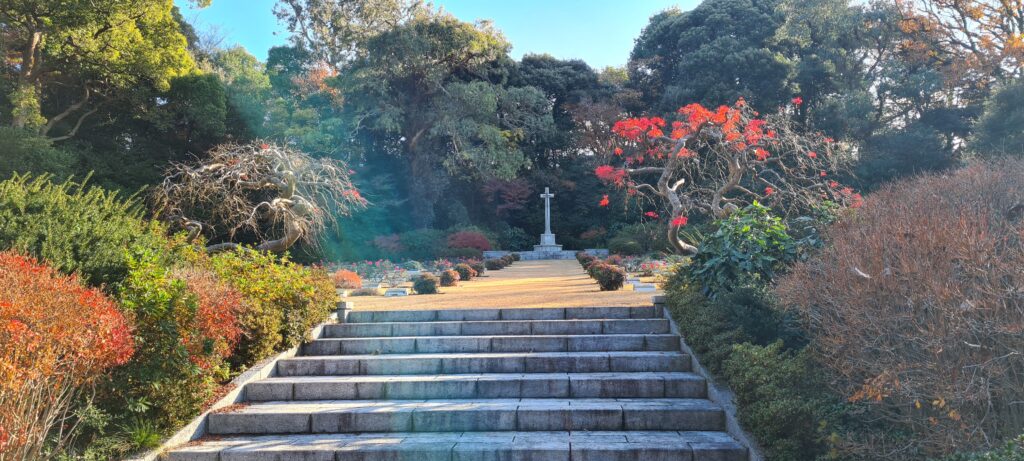A new exhibition at Melbourne’s Shrine of Remembrance reveals how Australian eucalypts became symbols of peace on Japanese soil, telling the untold story of post-war reconciliation between two former enemy nations.
Opening August 15 to mark the 80th anniversary of the end of the Second World War, Eucalypts of Hodogaya explores the remarkable collaboration that created the Commonwealth War Cemetery in Yokohama where more than 1,500 Commonwealth soldiers, including Australians, are buried in a garden blending Western and Japanese traditions.

“This exhibition invites visitors to reflect on an extraordinary act of peace-making – where Australian eucalypts were planted alongside Japanese flora and landscape design became a language of reconciliation,’’ says Shrine curator Neil Sharkey.
The cemetery was designed in the years following WWII by Melbourne’s Anzac Agency (now the Office of Australian War Graves), with input from Japanese gardeners, architects and builders—despite lingering hostilities in both countries.


From cherry blossoms and maple trees to native roses and tea-tree, each section of the cemetery reflects the homeland of the soldiers buried there.
“The site represents a pivotal moment where Australian design sensibilities reshaped global practices in war remembrance,” said University of Melbourne researchers Professor Anoma Pieris and architect Athanasios Tsakonas.
Running for 12 months, the exhibition includes talks and commemorations with descendants and designers involved in the site. More information is available here.

